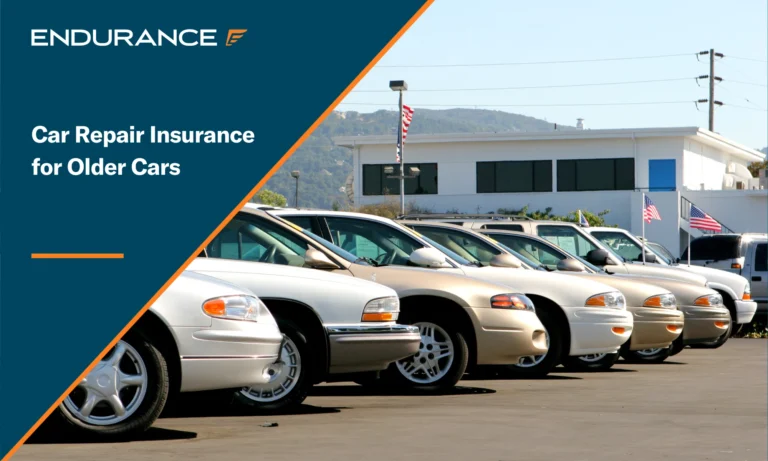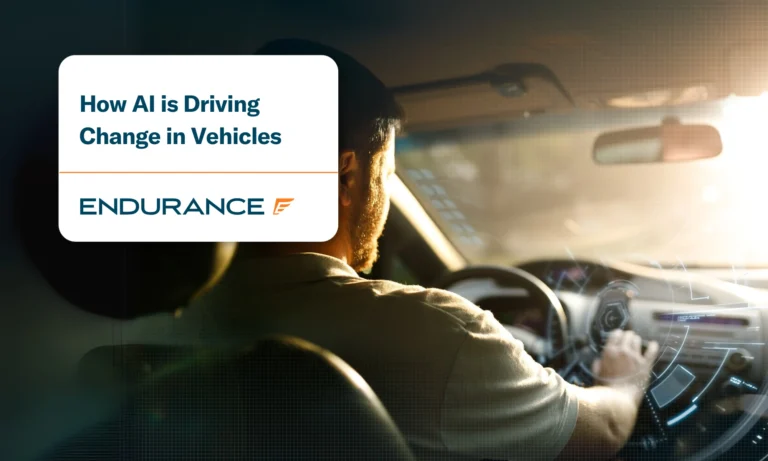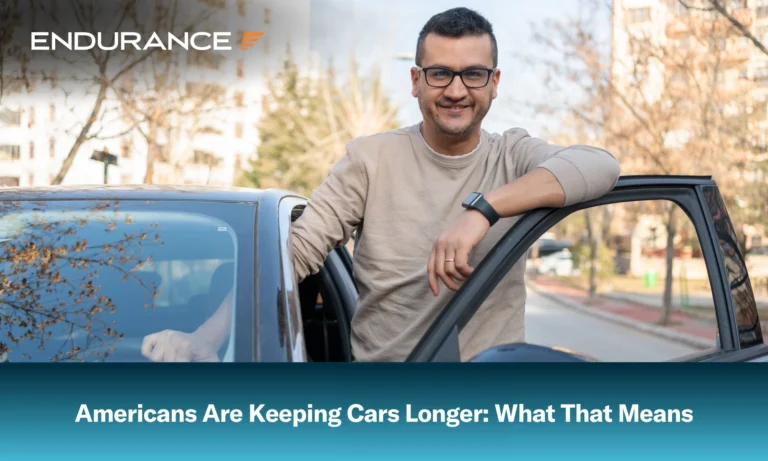California Increases Its Auto Insurance Minimum

Nearly every state in the U.S. requires drivers to have some kind of liability insurance in order to be on the road. While the requirements may change from state to state, being able to cover any injury or property damage that you might cause in the driver’s seat is essential.
In California, a new bill, Senate Bill 1107, went into effect on January 1, 2025, and increased the amount of liability insurance that each driver has to have. Some coverage minimums have doubled or even tripled, which means that auto insurance is going to get more expensive than ever in the Golden State.
With the new law and these car insurance minimum changes, you need to know how you might be affected and how you can save some money on the cost of owning your vehicle. With a good understanding of the changes and a few tips on keeping your costs low, you can minimize the financial burden and protect yourself and your bank account.
What Are California’s New Auto Insurance Minimum Requirements?
Auto insurance minimums dictate the minimum amount of liability insurance that drivers need to be on the road. These minimums are in place to ensure that other drivers will be covered should you be at fault for an accident in which they are injured, or their vehicle is damaged.
The previous minimums for California drivers were $15,000 in bodily injury per person, $30,000 in bodily injury coverage per accident, and $5,000 in property damage coverage per accident. Since January 1, 2025, though, these minimums have increased. The new minimum liability limits are:
- $30,000 in Bodily Injury Coverage Per Person: Bodily injury liability covers medical bills and other expenses associated with personal injuries during an accident. Should another driver get hurt due to an accident for which you are at fault, this covers their expenses.
- $60,000 in Bodily Injury Coverage Per Accident: This acts the same as the coverage per person but accounts for other passengers as well as the driver. With this coverage, your insurance company pays for the expenses of other people in the car.
- $15,000 in Property Damage Per Accident: If another driver’s vehicle is damaged in an accident that is your fault, this coverage pays for repairs. While the old minimum was just $5,000, this new minimum liability limit is much more comprehensive and covers a wider range of damage.
Why the State Is Increasing Auto Insurance Minimums
Auto insurance minimum coverage limits are in place to protect drivers from unexpected expenses due to accidents that are not their fault. Enforcing a minimum amount of coverage ensures that all drivers on the road will be protected from insufficient funds if someone hits them and injures them or damages their vehicle. This means that minimums have to keep up with the cost of repairs and medical expenses.
As the price of medical and repair costs goes up, auto insurance policy minimums have to go up as well. For example, the old minimum of $5,000 for property damage might have been enough when it was put in place, but $15,000 is a much more reasonable amount of money to expect for a major auto repair or other types of property damage. To keep up with rising costs across the entirety of the economy, Senate Bill 1107 has raised the minimums and widened the scope of protection for every driver.
How the New Minimums Could Impact Insurance Premiums
While the new auto insurance requirements in California are an excellent safeguard against financial burdens, they can also translate to higher monthly costs for drivers. To pay for the larger payouts, insurance companies are likely to raise rates or require drivers to get more comprehensive insurance policies.
The actual costs will depend heavily on your specific situation. Things like the kind of car you drive, the insurance company you work with, and your driving history will always affect premiums. Regardless of your specific situation, though, you can almost certainly expect your premiums to go up if you have the minimum allowable insurance coverage.
The Role of Mechanical Breakdown Insurance (MBI) in Vehicle Protection
Traditional auto insurance is in place to protect you from unexpected repairs due to accidents or other specific incidents. If your car breaks down due to components wearing out or other issues, though, your auto insurance will not cover it. If you buy a new car off the lot, it will most likely come with a factory warranty that covers problems due to design flaws or issues with production.
This warranty usually lasts anywhere between three years or 36,000 miles and five years or 60,000 miles. Once it is over, though, you are responsible for any repairs that have to happen that aren’t from an accident or other outside incident.
You can purchase an extended warranty from a third-party provider if you want to extend this warranty coverage, but extended warranties are not available in the state of California. That is why mechanical breakdown insurance, or MBI, is such a great alternative. MBI acts like an extended warranty and protects you from major repair expenses, but it is regulated by the insurance industry so it is available to California drivers.
How MBI Complements Traditional Auto Insurance Coverage
With insurance premiums likely to go up in the coming months, it is a good idea to try and save yourself as much money as you possibly can. Having MBI on top of traditional auto insurance will give you the peace of mind you need and ensure that you will be covered no matter what the cause of your breakdown is.
Since MBI covers things that liability coverage and collision insurance don’t, you can rest easy knowing that you won’t be responsible for a massive repair bill at the worst possible time. This can help you manage the rising costs of car ownership and stay ahead of the curve when it comes to your bills.
Endurance Mechanical Breakdown Insurance for California Drivers
Having a high-quality MBI plan on your side is a great way to feel confident whenever you are behind the wheel. Endurance offers mechanical breakdown insurance to California drivers so they can get the benefits of a protection plan and save money, even while insurance premiums go up.
Endurance offers three different levels of MBI coverage: Standard, Premium, and Elite Plus. Depending on how much protection you want, you can choose one of these plans to either get the most basic coverage for your car’s essential components or comprehensive coverage for nearly every part of the vehicle.
In addition to top-notch coverage, Endurance MBI plans also come with extra perks and benefits like towing reimbursement, rental car reimbursement, and trip interruption protection. You can also add coverage for additional components like a snow plow or lift kit. With some of the best coverage available on the market, you can protect yourself from unexpected repairs and avoid high repair bills on top of your inflated insurance premiums.
Protect Your Car and Save With Endurance
While higher insurance limit minimums may lead to higher premiums every month, that doesn’t mean that you have to spend a fortune just to keep your car on the road. With comprehensive MBI coverage from Endurance, you can keep the total cost of ownership for your vehicle as low as possible while still complying with the new minimums imposed in California. Endurance’s wide range of MBI plans allows you to fine-tune your coverage and get the protection you need without breaking the bank.
If you are ready to protect yourself and your vehicle, contact our award-winning customer service team at (800) 253-8203 to get a FREE quote. You can also take advantage of our online store for an instant price preview that will help you make the right choice.
For more auto expert resources, check out the Endurance Warranty blog. There, you will find frequently asked questions, warranty provider comparisons, DIY maintenance tips and tricks, and much, much more.













Alex has worked in the automotive service industry for over 20 years. After graduating from one of the country’s top technical schools, he worked as a technician achieving a Master Technician certification. He also has experience as a service advisor and service manager. Read more about Alex.